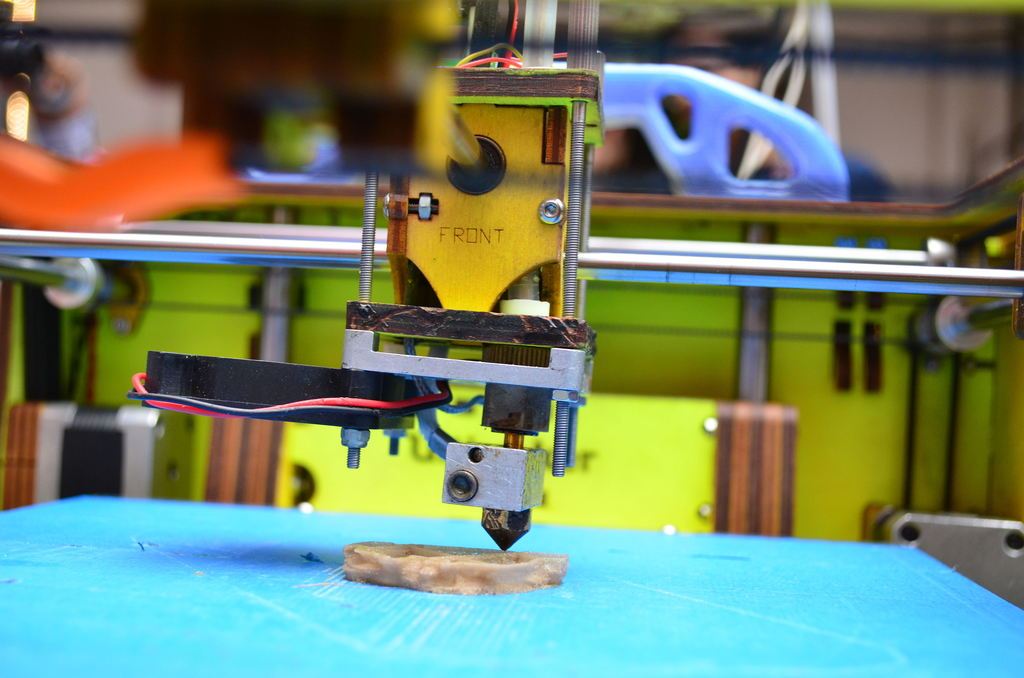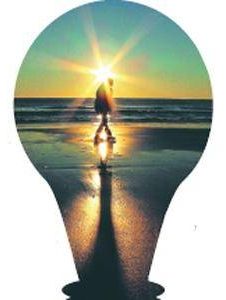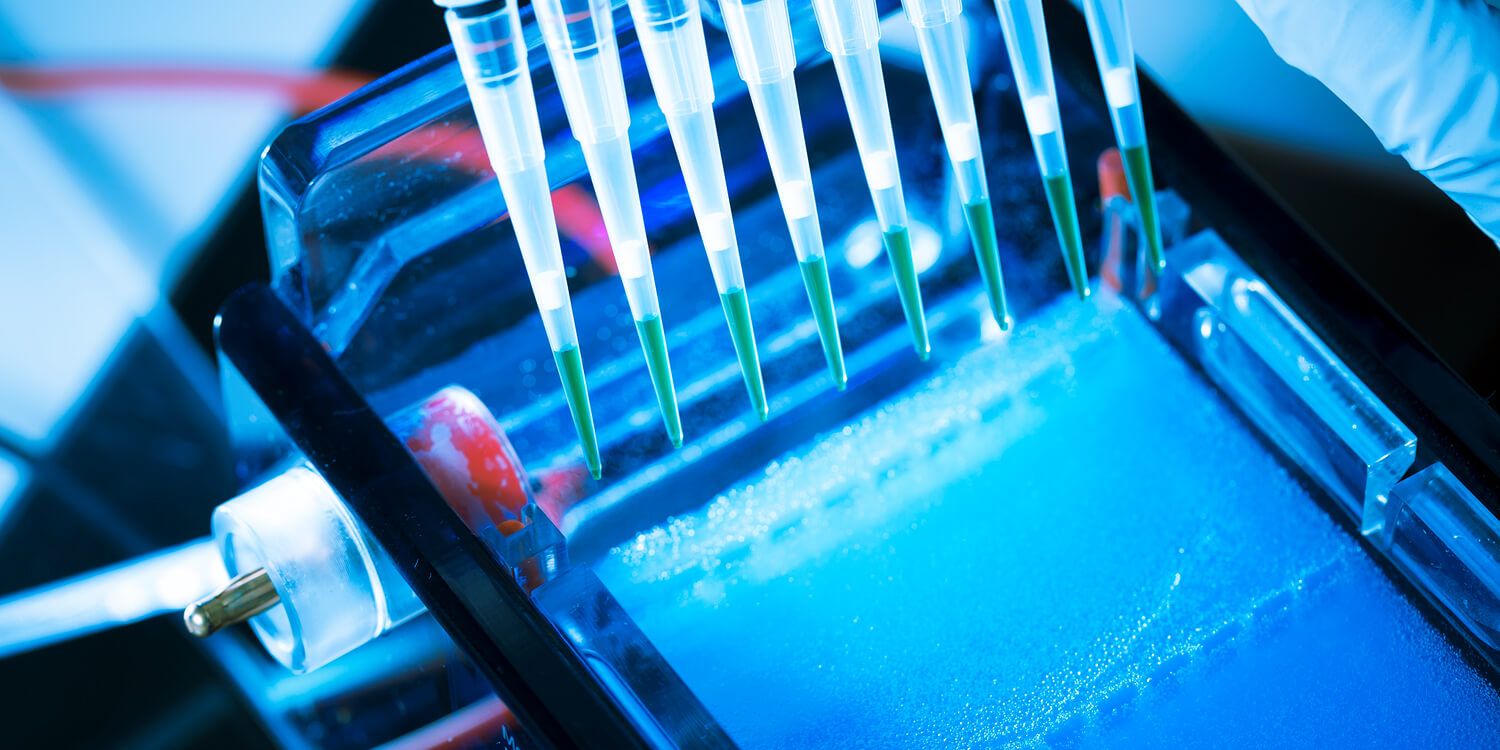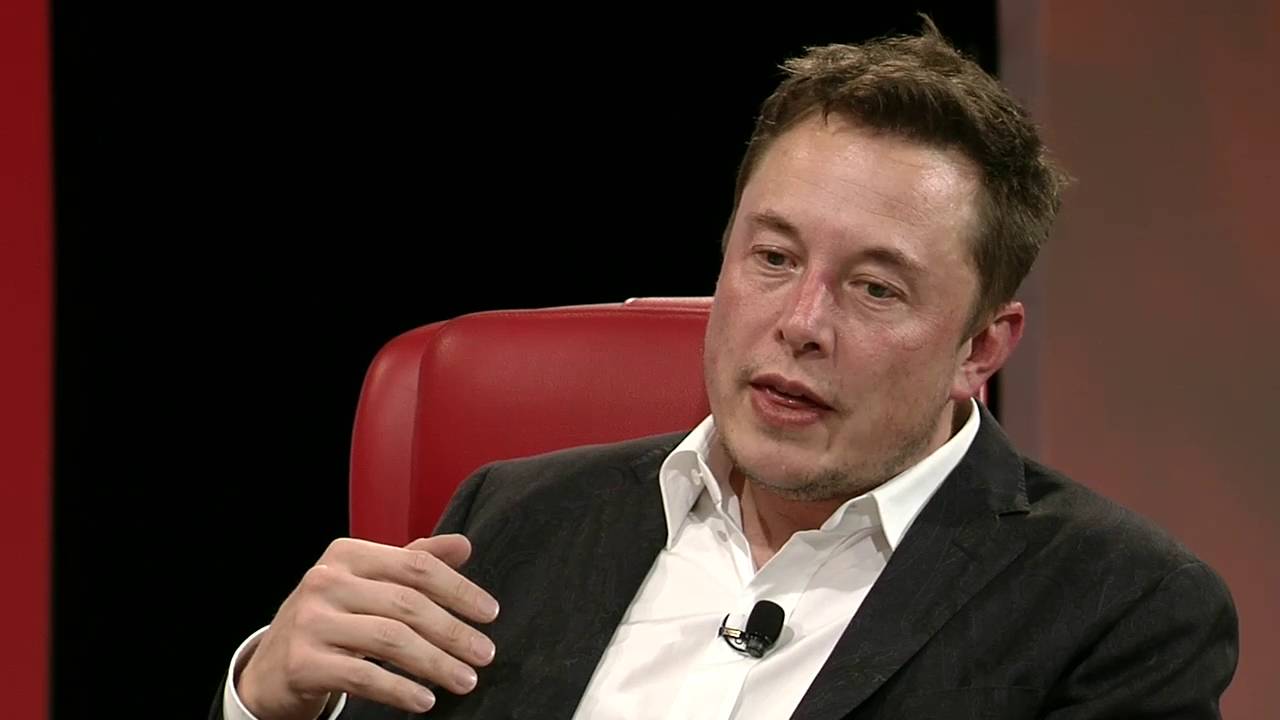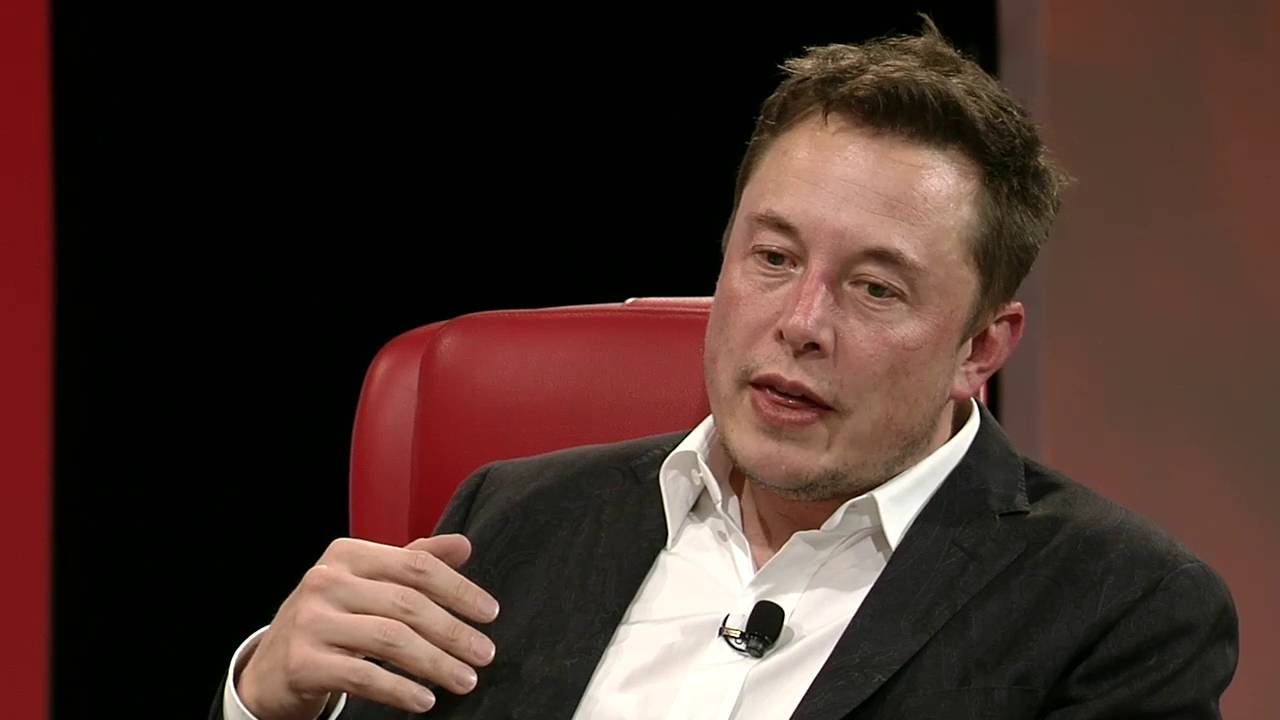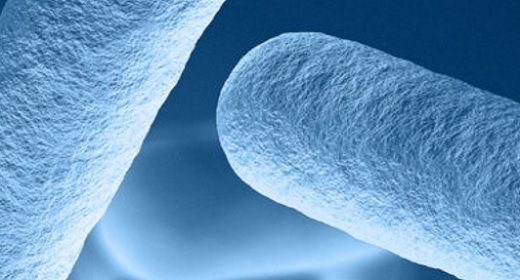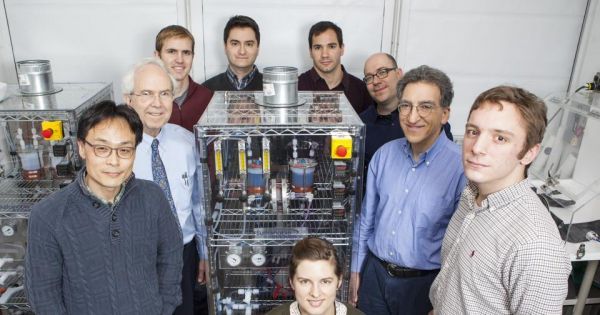Sep 20, 2016
4D Printing: Shaping The Future of Solar Cells
Posted by Karen Hurst in categories: 3D printing, 4D printing, food, solar power, sustainability
Definitely many benefits to 4D including manufacturing, tech devices, and energy.
A team of researchers has uncovered the key to what they call 4D printing – and solar energy may be one of the top 2 fields to benefit from the great invention.
Continue reading “4D Printing: Shaping The Future of Solar Cells” »
